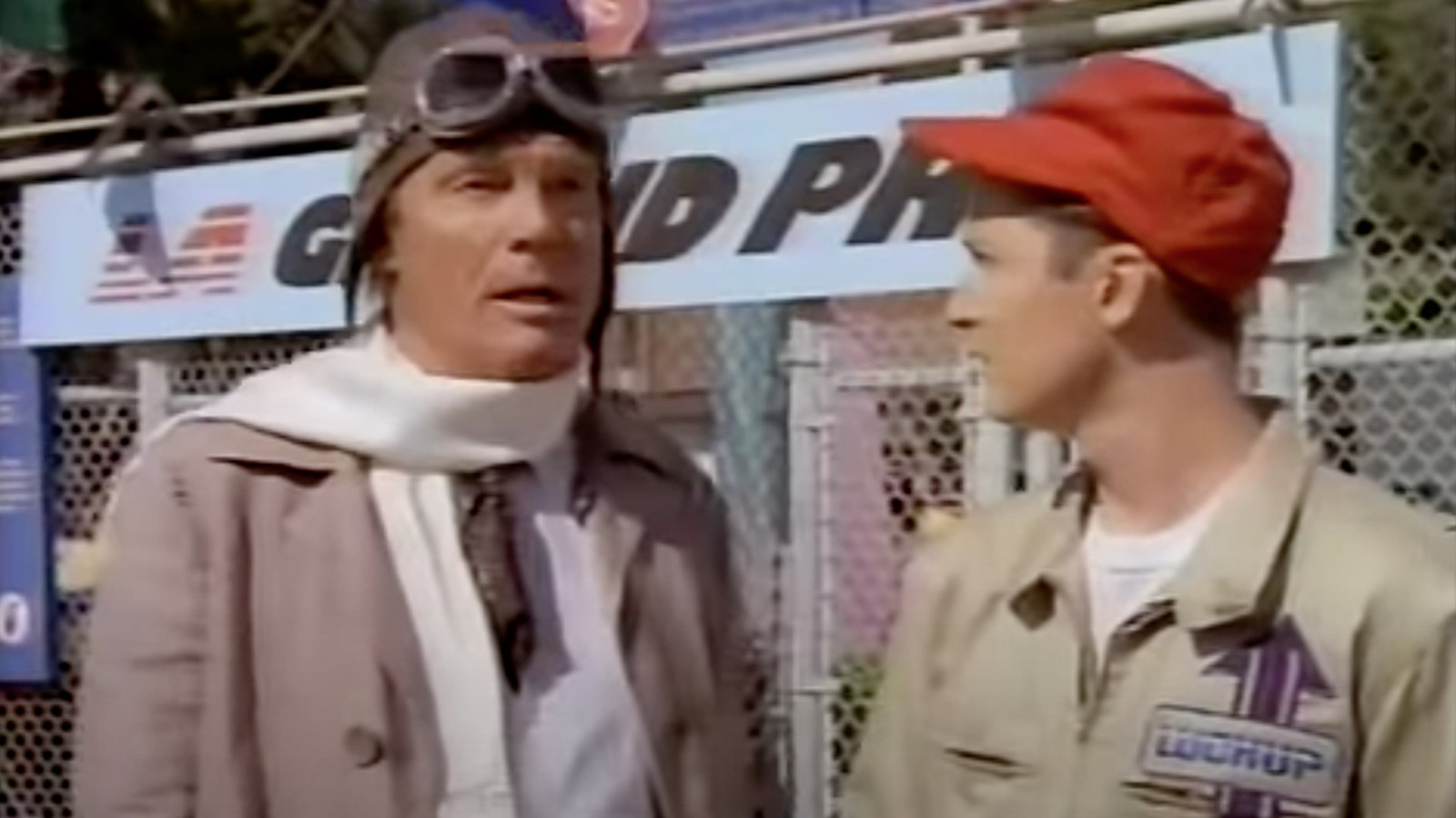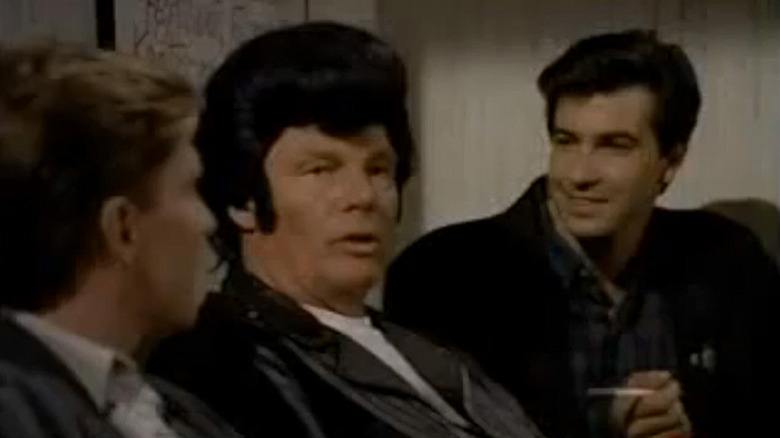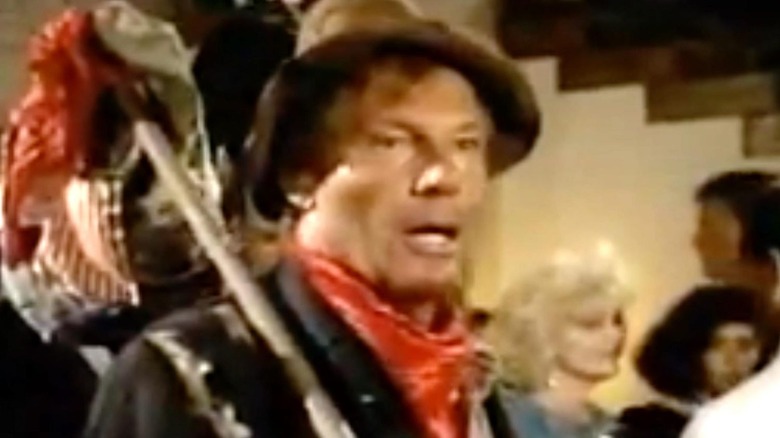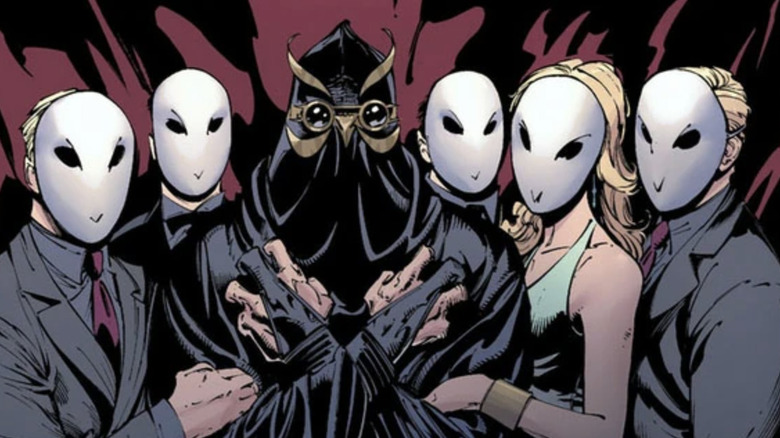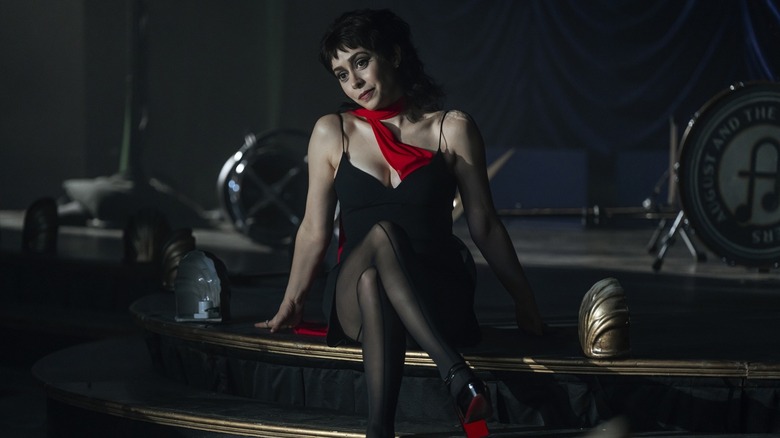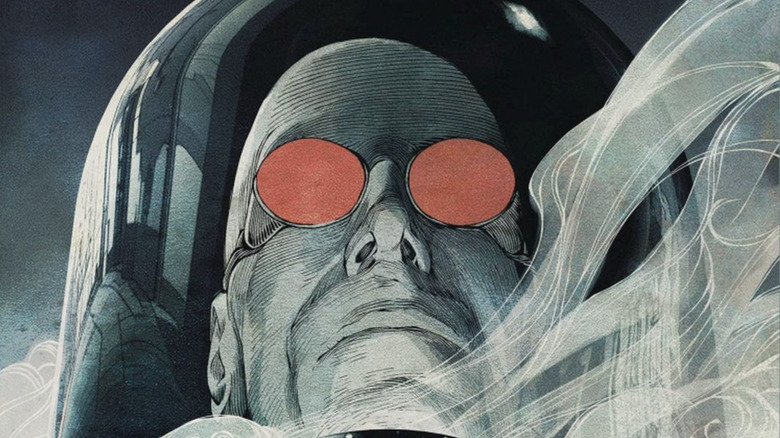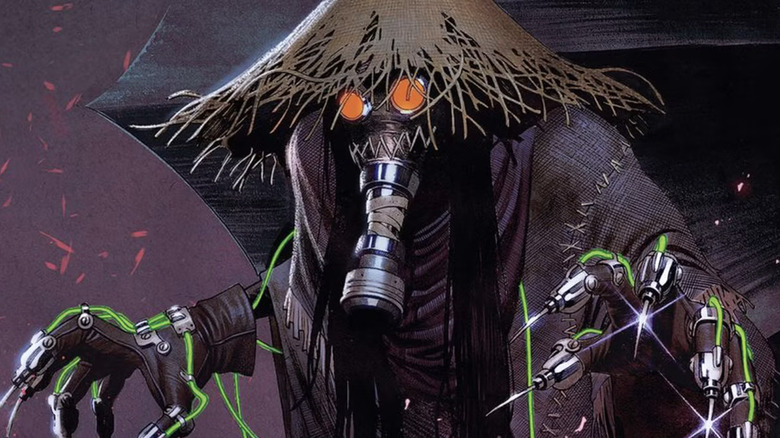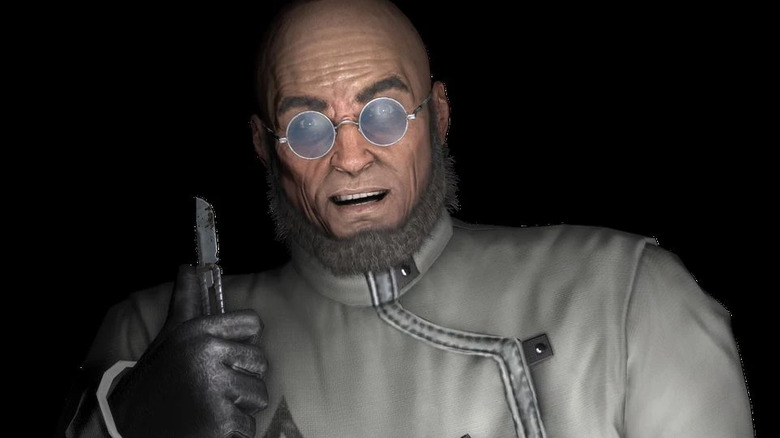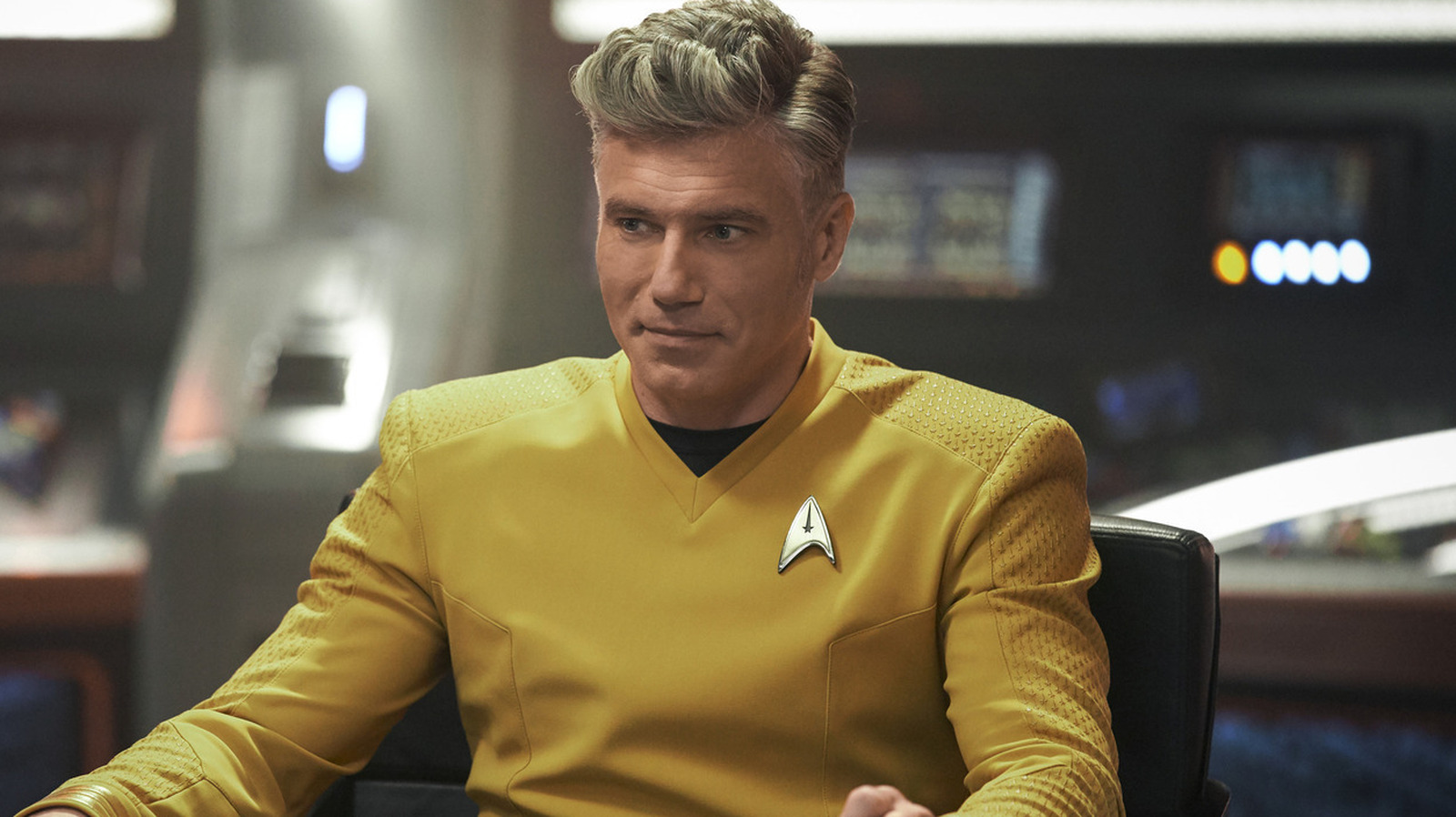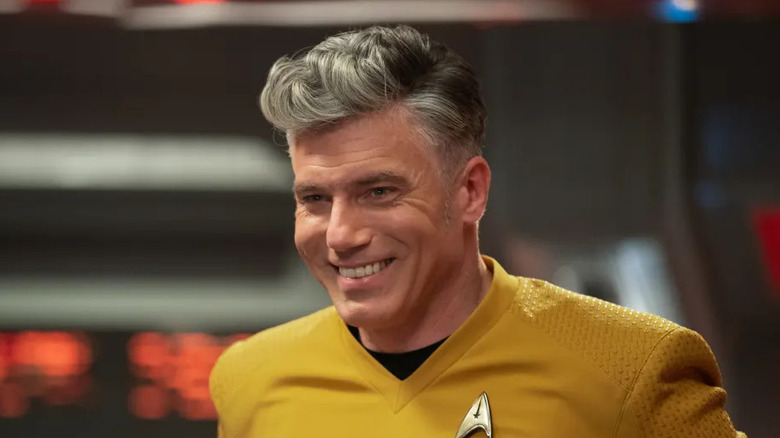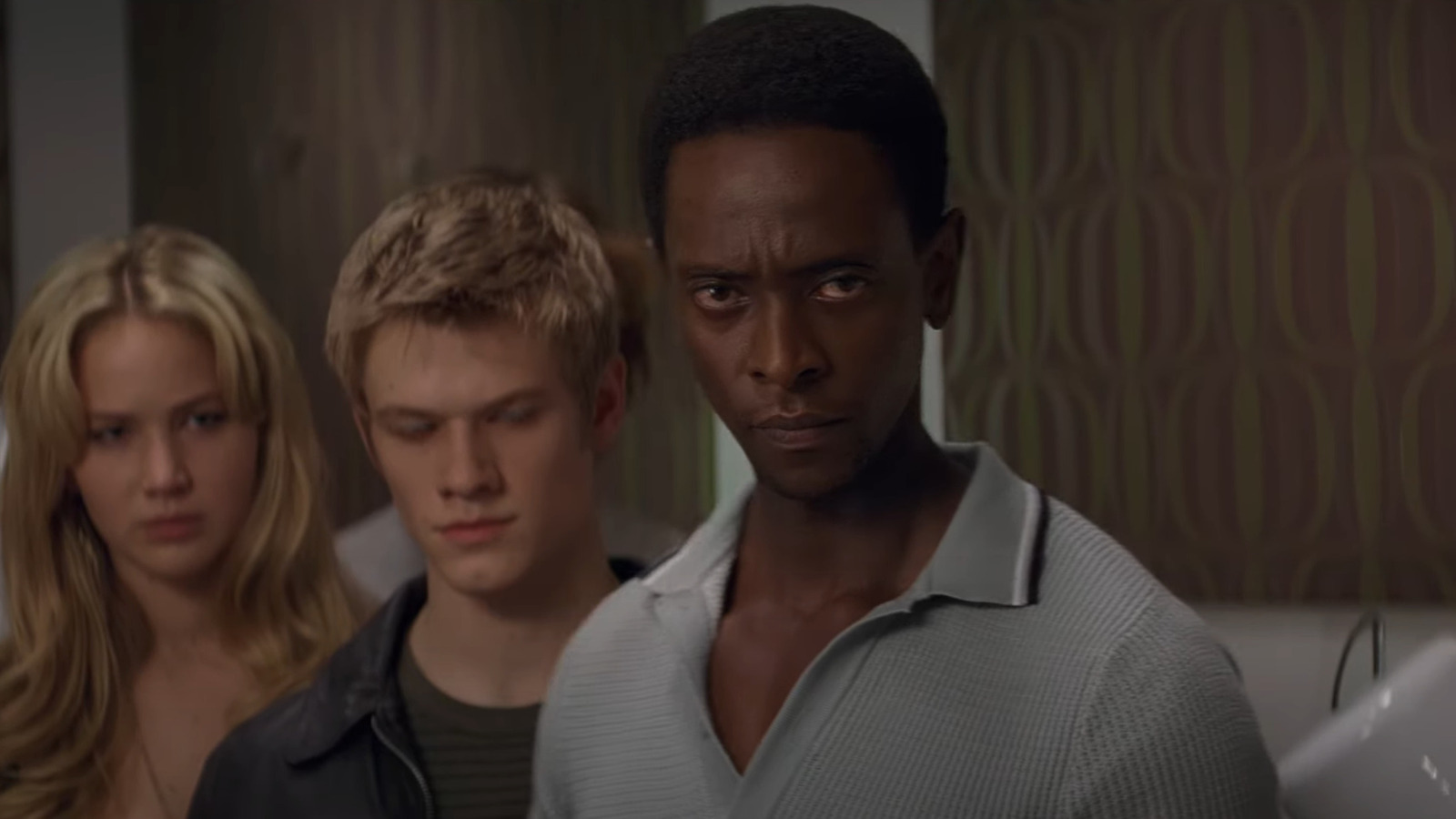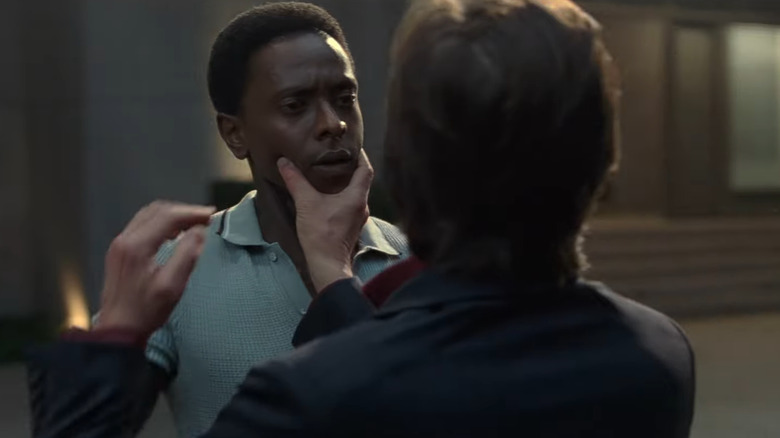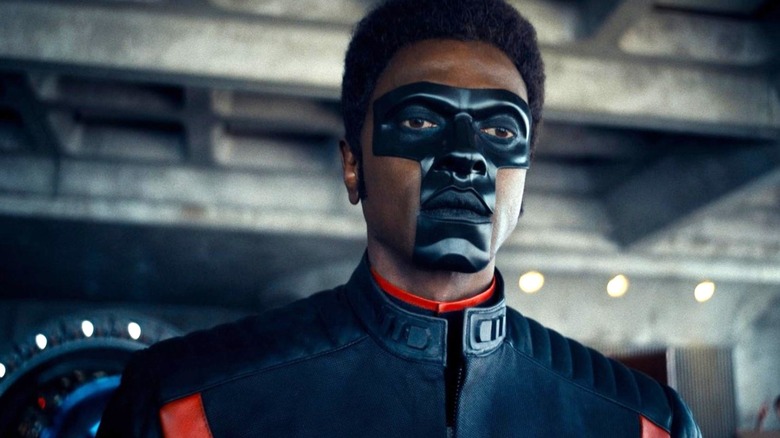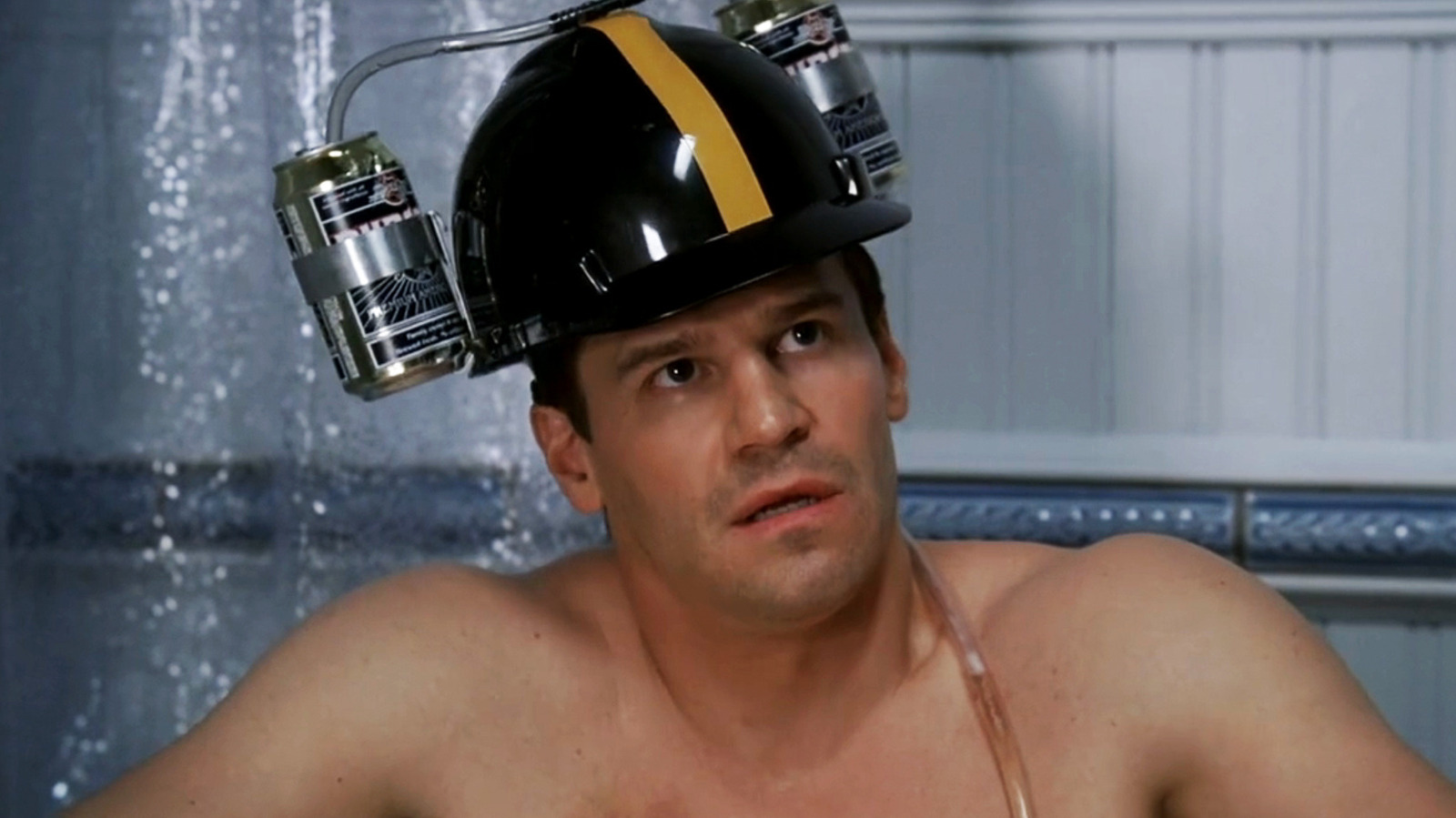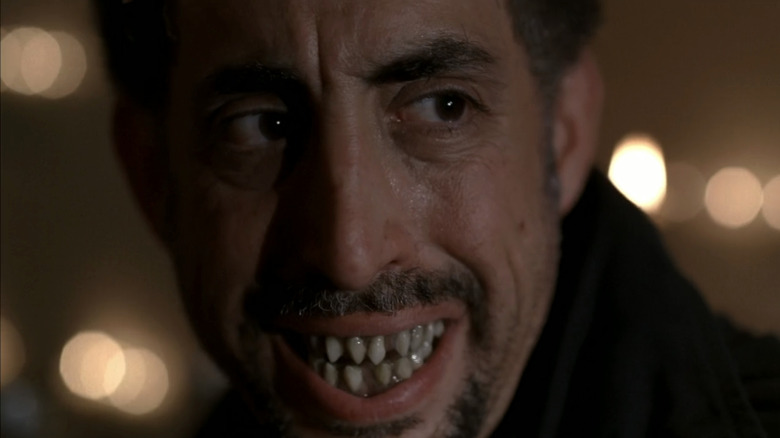Eminem was considered to play the lead in Elysium

Columbia/TriStar
In 2009, Neill Blomkamp burst onto the Hollywood scene with his modern sci-fi masterpiece, “District 9.” The film was nominated for Best Picture at the Academy Awards and remains one of the best directorial debuts of the 21st century. Cinephiles were eager to see what Blomkamp’s follow-up would be, and to their excitement, he would return with another original sci-fi project with “Elysium.”
“Elysium” stars Matt Damon in the lead role, and much like “District 9,” follows Blomkamp’s penchant for social commentary amidst the sci-fi backdrop. However, while the social commentary in “District 9” was handled effortlessly, critics felt that “Elysium” lacked the same bite. Blomkamp himself has been critical of his sophomore effort. Interestingly enough, the film could have turned out to be significantly different than what was produced, especially if it had starred Eminem as the protagonist. Blomkamp discussed his initial plans to AP:
“I’d written a low-budget version of ‘Elysium,’ which was a very different film. So with my low-budget version, which was a different film, I was like … ‘I want to try to find someone very unusual and weird and unexpected …’ And then he [Eminem] refused to leave Detroit, and the movie was meant to not be in Detroit, so I was like, ‘That wouldn’t work.'”
Ultimately, Blomkamp wrote the film on a larger scale, which inspired him to seek out a different, bigger actor to play the lead. Because of this, the Academy Award-nominated filmmaker opted to cast Matt Damon. In an interview with Variety, Damon confirmed that Eminem almost headlined “Elysium” and reflected on some big roles he passed on in his acting career:
“You never know exactly what the alchemy is going to be. Sometimes you end up with somebody and you can’t believe that wasn’t your first choice the whole time. I’ve always felt the right actor gets the part. Even on movies like ‘Milk’ for instance. I was desperate to do the Dan White role. It was one of the best scripts I’d ever read. Then it got pushed back because of Sean [Penn’s] schedule and I was devastated, even though it was only two weeks of work. “When I saw the movie and saw what Josh Brolin did with it, I went, ‘You know what? The right actor got the part.’ I do believe it all works out.”
Eminem and Neil Blomkamp’s respective film careers have taken some interesting turns
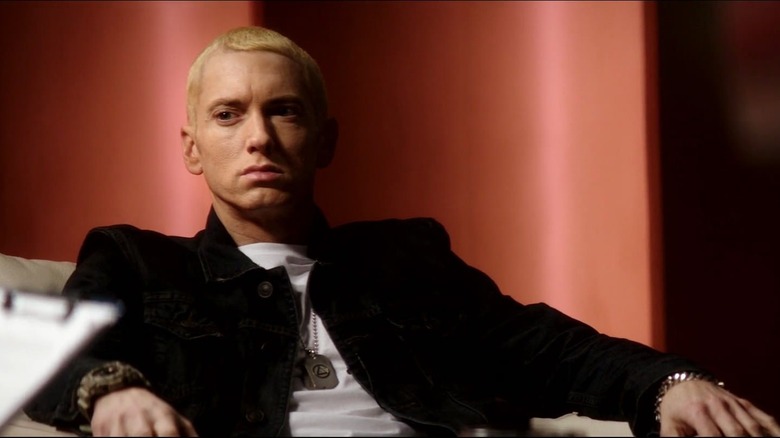
Columbia Pictures
Following his well-received performance in “8 Mile,” Eminem has mostly kept his screen appearances small, often playing an exaggerated version of himself. He made cameo appearances in the Judd Apatow comedy, “Funny People,” and the Seth Rogen and Evan Goldberg political satire, “The Interview.” Eminem also made an appearance in the HBO series “Entourage.”
As for Neill Blomkamp, his film career has had its share of ups and downs. While he will always have “District 9” to be proud of, his projects since then have failed to garner a modicum of impact that his bold sci-fi masterpiece brought to cinemas in 2009. Following “Elysium,” Blomkamp directed “Chappie,” “Demonic,” and “Gran Turismo.” Blomkamp has expressed interest in returning to his original film with a sequel, which would be titled “District 10.” Despite the career hiccups, Blomkamp brings a unique energy to the sci-fi genre that is desperately needed in our theaters. Here’s hoping that “District 10” or his upcoming “Starship Troopers” movie can bring back some of that spark that burned so bright with his debut.
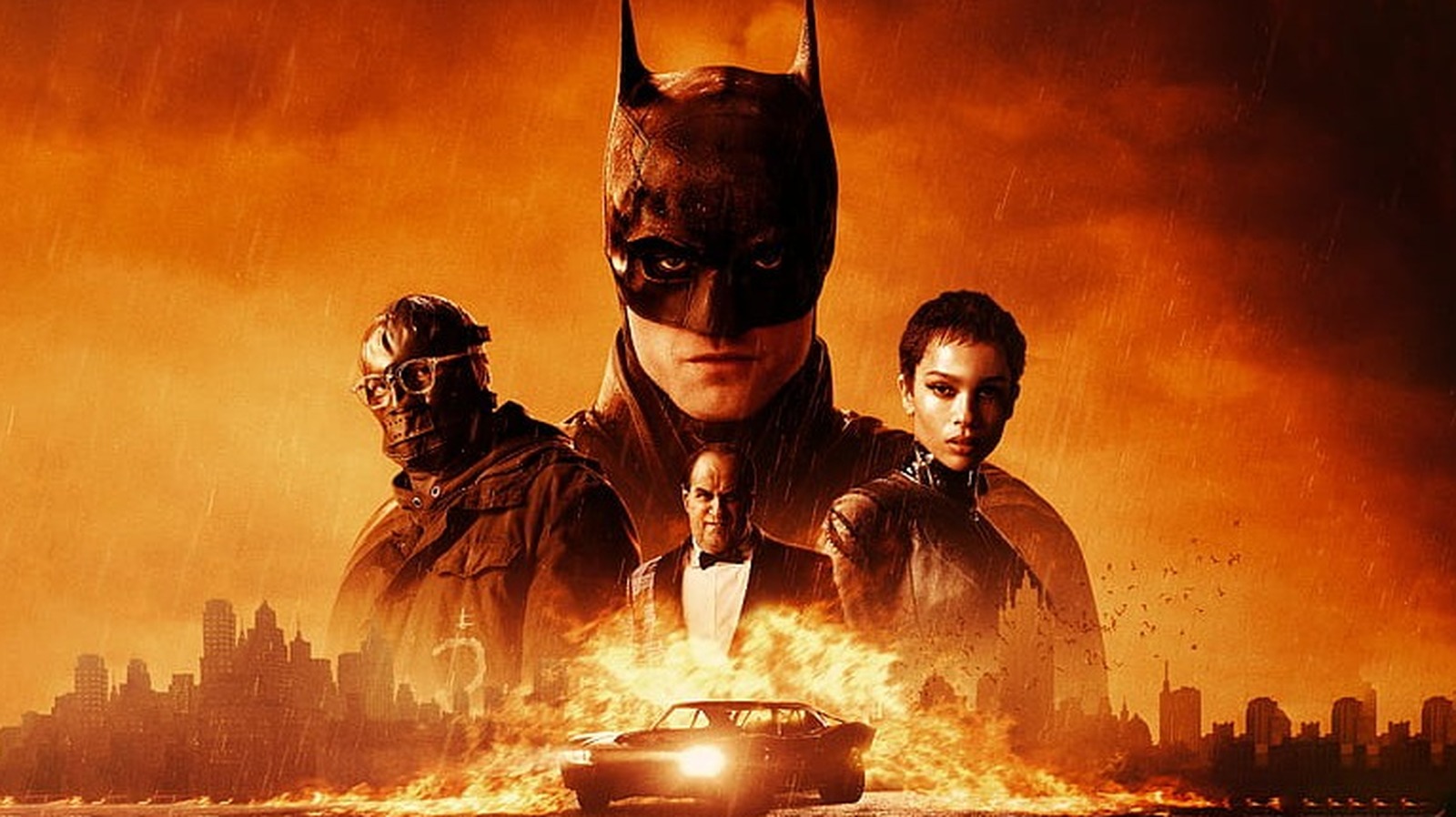
by admin | Jul 20, 2025 | TV & Beyond Articles
announced they’d completed the sequel’s script on June 27, 2025. Warner Bros. has since received the script and is apparently quite happy with it. Hence, it’s seeming more and more like “The Batman Part II” will make its 2027 release date.
“The Batman” was a nearly three hour-long epic that saw Batman (Robert Pattinson) meet many of his classic foes. The main villain of the movie was the Riddler (Paul Dano), a serial killer out to expose corruption in Gotham. The root of said corruption was mob boss Carmine Falcone (John Turturro), who’ served by gangsters like Oz “The Penguin” Cobb (Colin Farrell). Batman also met Selina Kyle/Catwoman (Zoë Kravitz), though the movie bypassed her bad girl phase and portrayed her as Batman’s ally from the start.
The Penguin at least will be back for the sequel. Going forward, it appears that Reeves’ Gotham will also have a big ensemble of bad guys the way that “Batman” comics do. So, which new ones will enter the picture in “Part II”? Reeves has said he hopes the choice will be “surprising” to the audience, but also that he doesn’t expect the villain to overshadow Batman (via Total Film):
“I want the emotional part of the story to be Robert Pattinson’s — to be Bruce & Batman’s … I’m excited by the antagonist of the next movie, but I don’t want Batman’s arc to step back to allow space for another group of characters.”
I know “The Batman” featured a small cameo by Barry Keoghan as the Joker, but Batman vs. the Joker is a story we’ve seen before. Harvey Dent/Two-Face would similarly be treading on old ground. And while I think there’s a case for merging Reeves’ Gotham into James Gunn’s DC Universe, Gunn and Reeves have said that won’t happen. So, that likely rules out the villains due to appear in Gunn’s DCU, like Clayface and Bane.
Who does that leave?
